This course focuses on the chemistry of products and materials. It introduces professionals to the fundamentals of chemistry, enabling them to understand why particular outcomes and health impacts are produced. It introduces students to chemicals of concern and alternatives that are being formulated by green chemists. We ask how project health goals can be outlined and how informed decisions can be made on the basis of these findings. Recommended as the second course in a four-course series.
What You’ll Learn
- Understand the role of synthetic chemicals in building materials
- Recognize various systems of chemical and hazard classification and how they are used
- Identify where and why chemicals of concern are used in building products
- Develop strategies for avoiding toxic hazards from product manufacturing, optimization to informed design
Benefits
- 4 AIA CEU HSW Credits
- 5.5 GBCI CEU Credits
- 6 IDCEC CEU HSW Credits
- Fast, efficient and productive approach of learning
- Enhances your personal decision-making capability by providing accessible information about the chemical fundamentals of material health
- Scientific foundation provides a framework for healthier design
Contributors
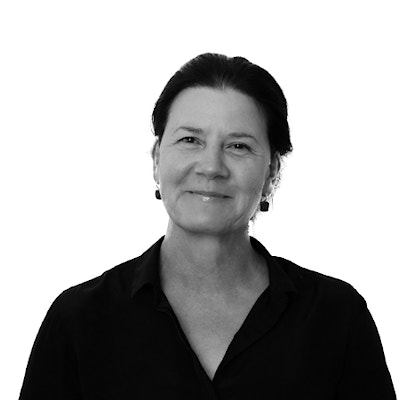
Alison Mears
Executive Director and Co-Founder, Healthy Materials Lab
AIA, LEED AP
Full Bio
As Executive Director of the Healthy Materials Lab, Alison leverages her practice-based experience as an architect and her knowledge and experience as a long-term academic leader to confront one of the more serious and often overlooked environmental challenges of our time: the health of the built environment. How do we make profound and long-term changes to everyday design practice to create truly healthy buildings, especially for those in the most need of affordable housing? HML creates resources, educational programming, and prototypical innovative housing models for a new post-petroleum world. Alison is co-Principal Investigator of the Healthy Affordable Materials Project (HAMP). The Project is a long-term coalition of four organizations that work together to remove harmful chemicals from the built environment. She is also the recipient of multiple grants that support the work of the Lab.
Alison’s work draws from The New School University’s long tradition of commitment to promoting community-based sustainability, social engagement, and environmental justice, especially in her teaching in architectural design studios at Parsons. She lectures widely disseminating current thinking within the field of material health.
Alison Mears and Jonsara Ruth were awarded the 2022 Women in Architecture Innovation Award from Architectural Record and co-edited the 2023 publication Material Health: Design Frontiers.

Martha Lewis
Senior Architect & Head of Materials, Henning Larsen Architects A/S
Full Bio
Martha Lewis is a senior architect and Head of Materials at Henning Larsen Architects, where she established an office-wide material database with the firm’s sustainability department and implemented material strategies for projects with a focus on healthy, ethically viable, and environmentally tenable materials. With two decades of professional experience in Copenhagen and Berlin, Martha is currently involved in establishing a Danish/Nordic material declaration, and was a member of the Buildings as Material Banks shareholders network, which has worked to establish an EU material passport. In 2016, she participated in the advisory group for the Danish Environmental protection Agency’s“Undesirable Substances in Sustainable Buildings”, and she has been involved in the Danish Green Building Council’s adoption of the German building certification system since 2011. Martha holds a MArch from Washington University and a BA from Vassar College.

John Warner
President & Chief Technology Officer, The Warner Babcock Institute for Green Chemistry, LLC
Full Bio
John Warner John is a chemistry inventor who works to design and create commercial technologies inspired by nature consistent with the principles of green chemistry. With over 300 patents, he has invented solutions for dozens of multinational corporations. He is one of the cofounders of the field of green chemistry, co-authoring the defining text “Green Chemistry: Theory and Practice” and articulating the 12 principles of green chemistry with Paul Anastas. John has over 100 publications providing foundational work in the fields of noncovalent derivatization, polymer photochemistry, metal oxide semiconductors and synthetic organic chemistry. John has received prestigious awards as an academic (Presidential Award for Excellence in Science Mentoring – President G. W. Bush & NSF, 2004) and the August Wilhelm von Hofmann Medal from the German Chemical Society, 2022), industrial chemist (Perkin Medal – Society of Chemical Industry, 2014), inventor (Lemelson Ambassadorship – Lemelson Foundation & AAAS) and for governmental chemicals policy (Reinventing Government National Performance Review – Vice President A. Gore & EPA, 1997). John received his BS in Chemistry from UMASS Boston, and his PhD in Chemistry from Princeton University. After working at the Polaroid Corporation for nearly a decade, he then served as tenured full professor at UMASS Boston and Lowell (Chemistry and Plastics Engineering).
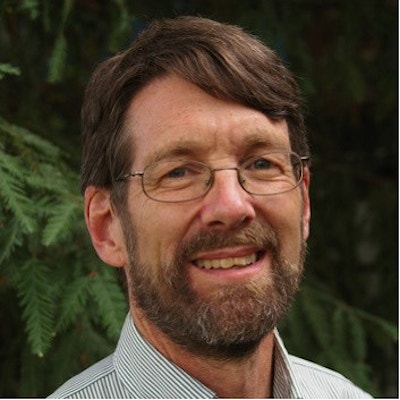
Tom Lent
Policy Director, Healthy Building Network
Full Bio
Tom is Policy Director of the Healthy Building Network, a nonprofit committed to transforming the market for building materials to advance the best environmental, health, and social practices. He coordinated the development of standards including the Green Guide for Health Care, LEED for Healthcare, Sustainable Bioplastic Guidelines, and the Health Product Declaration. Tom is also the co-developer of the Pharos Project (HBN's tool for selecting healthier building products), and manages its chemical library. He is now developing a Chemical Hazard Data Commons for collaborative management and curation of global chemical hazard information, and has worked with many organizations, including CPA, C2CPII, HPDC, ILFI, and BIFMA, on the Harmonization Project to align chemical hazard assessment systems to help transform industrial design and build safer products. Tom’s four decades of experience in environmental analysis have been honored with the Leadership in Advocacy Award by the USGBC and the Environmental Award for Outstanding Achievement by the US EPA for his work transforming the building materials market.
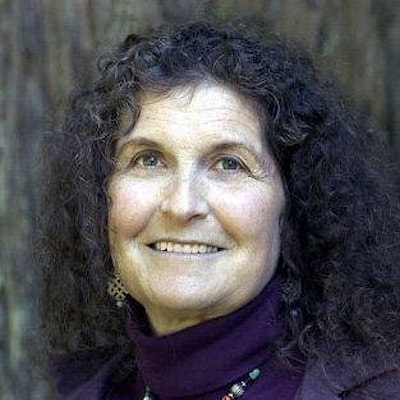
Arlene Blum
Executive Director, Green Science Policy Institute
GSPI, PhD
Full Bio
Arlene Blum PhD, biophysical chemist, author, and mountaineer, is a Research Associate in Chemistry at UC Berkeley and executive director of the Green Science Policy Institute. The Institute brings government, industry, science, and citizens groups together to support chemical policies that protect human health and the global environment. The Institute’s research and policy work has contributed to preventing the use of flame retardants and other harmful chemicals in children's sleepwear, furniture, electronics, and other products world-wide.
Arlene Blum led the first American—and all-women’s—ascent of Annapurna I, considered one of the world’s most dangerous and difficult mountains, and co-led the first women’s team to climb Denali. She is the author of Annapurna: A Woman’s Place and Breaking Trail: A Climbing Life. Arlene Blum received her PhD in Biophysical chemistry from UC Berkeley and has taught at UC Berkeley, Stanford University, and Wellesley College.
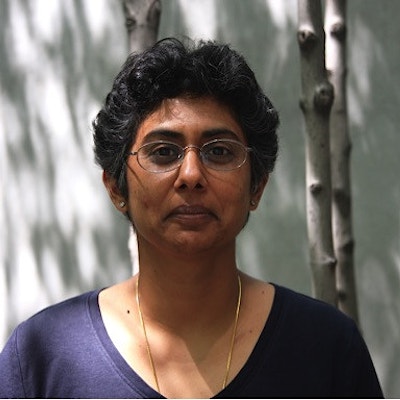
Bhawani Venkataraman
Associate Professor of Chemistry, Eugene Lang College of Liberal Arts, The New School
PhD
Full Bio
Educated as a physical chemist Bhawani Venkataraman’s research is in chemical education and focuses on understanding ways to engage students in learning chemistry, as well as how to effectively communicate basic scientific research to non-scientists on issues such as water quality, air pollution and climate change. Bhawani has written articles that raise awareness of the delicate, life sustaining balance of the earth's atmosphere and that investigate the challenges of ensuring access to safe drinking water for all. Her work has been published in peer-reviewed chemical education journals and she is also involved in developing curricular materials that connect fundamental chemical principles and concepts to environmental issues. She is currently working on a visual, interactive tool to explore the science and societal issues around energy sources. Bhawani received her B.Sc. in Chemistry from St. Xavier’s College, and her M.A., M.Phil. and Ph.D. in Chemistry from Columbia University.
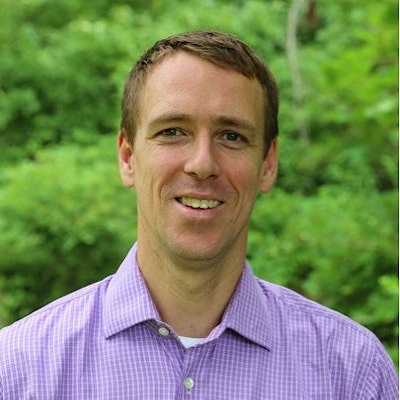
David Andrews
Senior Scientist, Environmental Working Group
PhD
Full Bio
David is using his background in chemistry and nanotechnology research to investigate environmental health issues. His work focuses on finding ways to protect public health by educating consumers and changing national environmental regulations and government policies. During his time at EWG he has developed a comprehensive knowledge of the regulatory processes affecting industrial chemicals, consumer products, cosmetics, and nanomaterials. David has conducted more than 100 media interviews on various public health issues and frequently works with federal agencies and legislative offices. His recent work has included collaborating to design and build EWG’s consumer databases, highlighting the overuse of confidentiality claims submitted to the EPA, and researching national water contamination. He holds a B.A. in chemistry from Wesleyan University and a Ph.D. in chemistry from Northwestern. He has authored more than 15 scientific publications and holds a patent on quantum interference devices.
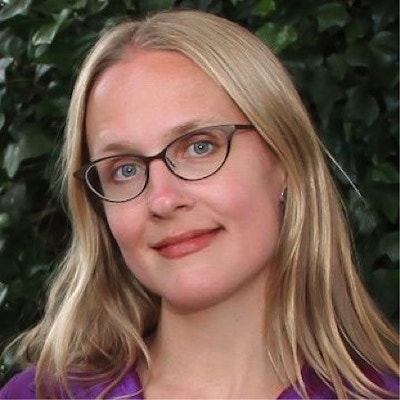
Amanda Kaminsky
Founder, Building Product Ecosystems LLC
Full Bio
Amanda Kaminsky is Founder of Building Product Ecosystems—multi-disciplinary collaboratives that evolve code, infrastructure, and field logistics for optimal systemic health and performance of major building materials. Improvements to product and process are carefully piloted on projects under current development via regular convening of buyers and their manufacturers, recyclers, contractors, designers/engineers, policy makers, and academic researchers.
Before and during the early stages of BPE, Amanda led sustainable construction and procurement efforts at The Durst Organization. Amanda has collaborated extensively with project teams and supply chains on new and existing commercial and residential buildings to optimize materials and systems design, procurement, and building processes from project inception through construction and into ongoing operations. In collaboration with DSNY, she also managed New York City’s first high rise residential organics collection/compost program. Amanda Chairs the Health Product Declaration Collaborative board, and is a director on the board of Healthy Building Network.
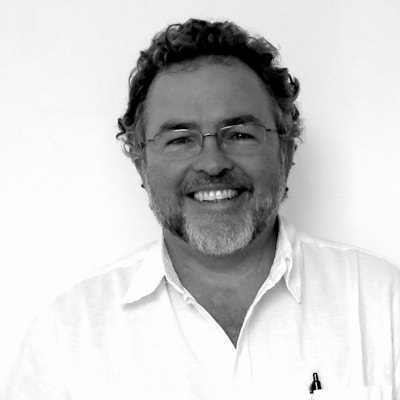
Bill Walsh
Founder and President, Healthy Building Network
Full Bio
Bill Walsh is the Founder and President of the Healthy Building Network (HBN). He is a Visiting Professor at Parsons The New School for Design, and a founding Board Member of the Health Product Declaration (HPD) Collaborative. In 2012 Bill received the US Green Building Council’s Leadership In Advocacy Award and was named a Fellow at the Lowell Center for Sustainable Production at the University of Massachusetts. In 2013 Bill was awarded the Healthy Schools Hero by the Healthy Schools Network. Previously he served as a national campaign director at Greenpeace USA, and held staff attorney positions with the US Public Interest Research Group and the Institute for Public Representation at Georgetown University Law Center. He holds a J.D. from Northeastern University School of Law and LLM in Public Interest Advocacy.

Susan Kaplan
Director of Specifications and Sustainability, HLW
LEED AP BD+C
Full Bio
Susan M Kaplan is the Director of Materials Technology at HLW, where she spent many years building the sustainability practice of the firm. A Certified Construction Specifier and a LEED AP BC&D, she currently serves on the board of the HPDC, and is a working member of the GreenFormat Committee for the national CSI. Susan started her career as a specifier at the NYC Health and Hospitals Corporation, and she previously served on the boards of the Metropolitan New York Chapter of the Construction Specifications Institute and the Urban Green Council. Her teaching positions catalyze her research on material characteristics, toxicity of materials, and life cycle assessment of products. Susan holds a Bachelor of Architecture from City College of New York CUNY.
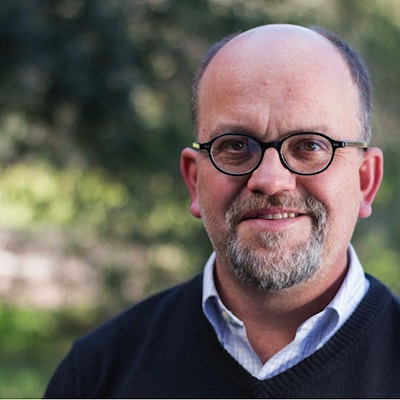
Jim Vallette
Research Director, Healthy Building Network
Full Bio
Jim Vallette works to understand and explain industry’s impacts on people and the planet. He has authored dozens of groundbreaking investigative reports, and his findings have supported major global policy developments (e.g., the Basel Convention ban on toxic waste trade and national and international finance bans on overseas fossil fuel extraction). As Research Director of the Healthy Building Network for the last decade, he helped develop its groundbreaking research about how building materials are made and their impacts on building occupants, construction workers, fenceline communities, and the global environment.
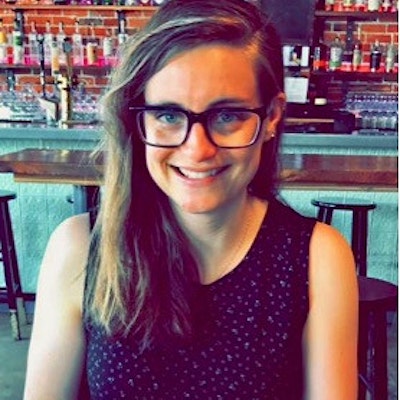
Avery Lindeman
Deputy Director, Green Science Policy Institute
Full Bio
Avery graduated from Harvard University with a B.A. in Chemistry in 2011, and completed a Master’s in Chemistry at the University of California, Berkeley in 2013. Avery currently leads policy work on flammability standards for furniture and insulation at the Institute. Before joining the GSP team, Avery conducted research at Lawrence Berkeley National Laboratory and the National Renewable Energy Laboratory.
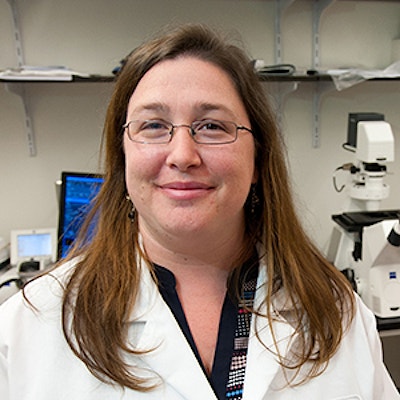
Laura Vandenberg
Assistant Professor and Graduate Program Director, University of Massachusetts School of Public Health and Health Sciences Department of Environmental Science
Full Bio
Laura Vandenberg is an Assistant Professor and the Graduate Program Director for the Environmental Health Sciences Department at University of Massachusetts Amherst's School of Public Health and Health Sciences. Her research explores how early life exposures to chemicals can predispose individuals to diseases that manifest later in life, and on how current risk assessment practices can be improved in the study and regulation of endocrine disruptors. She was a Center for Research on Family’s Research Scholar in 2015-16, and has published many articles on endocrinology and toxicology in peer-reviewed science journals. Her work is funded by the National Institutes of Health and National Cancer Institute. She holds a Bachelor’s in Biology from Cornell University and a PhD in Molecular and Developmental Biology from Tufts University School of Medicine.